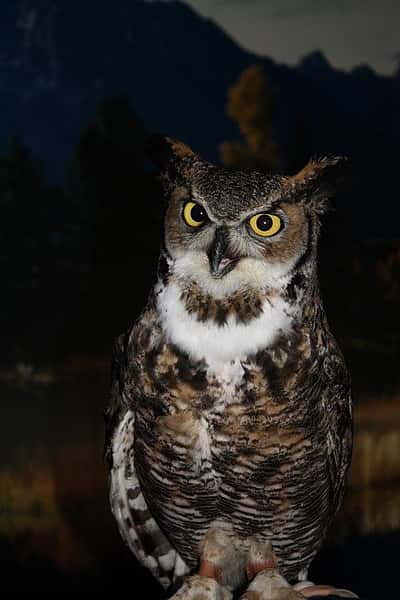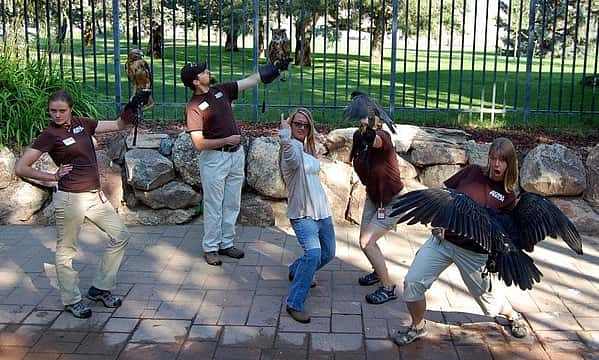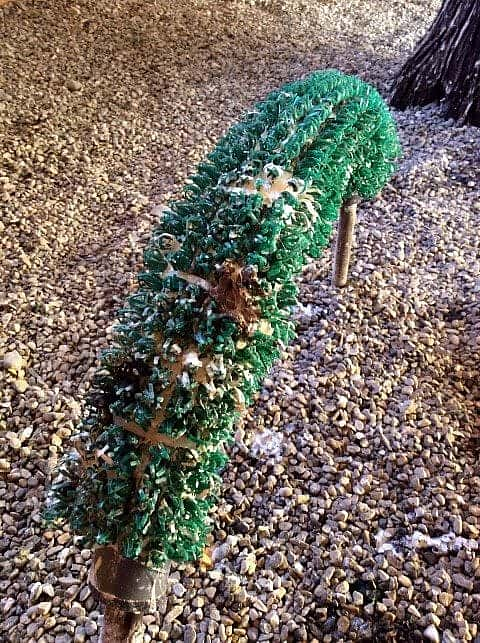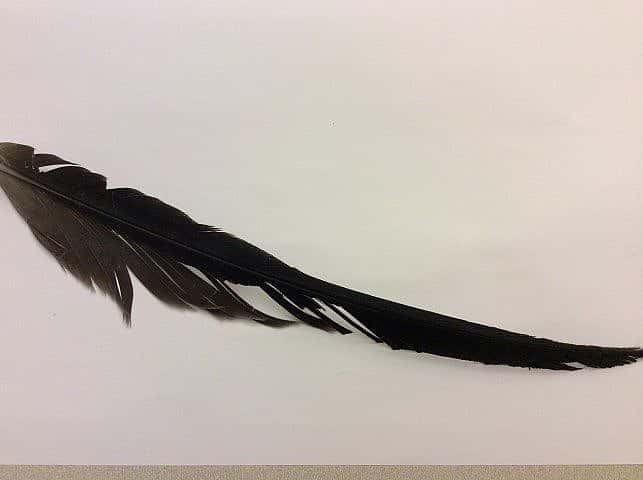
5 Things You Never Wanted to Know About Working With Raptors
Here are some facts you never wanted to know about birds of prey
Working with raptors is truly an honor. We are so thankful that we are able to work so closely with animals that most folks rarely see up close. While 98 percent of our jobs involve fun, exciting, and rewarding tasks, like any other job there are certain things that are less desirable. Here are the top five things that you might not have expected to come along with all the perks…
Several times each year we have to pick our red-tailed hawk, Isham’s, nose for him and clean out his eye socket. Due to his injury, he has some sinus problems and gets boogers in his nasal passages that he can’t pick by himself. He can’t clean out his empty eye socket well either, so dead skin and feathers stuck inside are removed with tweezers and swabs.
Owls have the most disgusting breath. Imagine someone who only eats rats and has a slimy, mucus-coated throat breathing on you. Yeah. Gross.
When cleaning enclosures, Suli the turkey vulture’s poop often looks like leftovers that we have to pick up to throw away. It doesn’t feel like leftovers.
Eagle poop is the darndest thing to wash out of clothes and remove from the bottom of shoes. Often, staff end up walking around with a wad of gravel stuck to the underside of their shoe for at least half a day. This is tolerated, however, because eagle poop on your shoe is good luck.
Birds sometimes get feather mites that eat portions of their feathers. In order to keep our raptor friends healthy and resplendent-looking, we have to spray them down with a solution that prevents the mites from showing up. How do we know a bird has mites? Chewed/frayed-looking feathers, and sometimes you can even see them crawling around on the bird!
Written By
Melissa Hill
While earning her Bachelor's Degree in Wildlife Management at the University of Wyoming, Melissa began volunteering at Laramie Raptor Refuge and was instantly hooked on birds of prey. Since those early days, she has worked with nearly 70 different raptors at four different raptor education groups in three states. She is a former member of the Education Committee for the International Association of Avian Trainers and Educators (IAATE) and a National Association for Interpretation's Certified Interpretive Guide. When she's not "playing with the birds" she enjoys spending time quilting, crocheting, and exploring the Greater Yellowstone Ecosystem with her non-bird family.






